 I’m not sure why so many schools have final exams after the holidays.
I’m not sure why so many schools have final exams after the holidays.
When kids have 2 weeks off from school, trust me, they don’t spend their precious vacation time studying for final exams. Instead, they lose steam, forget what they’ve already learned, and get set back at least a month. So when they head back to school after the holidays, they’re dazed and they’re overwhelmed because final exams are just around the corner.
Short of pumping your kids full of caffeine – just kidding! mostly! – here are 3 tips that can help them maximize their time to get the highest scores possible on their final exams.
Step 1: Make a plan
First, ask them to meet with each teacher to ensure that all course work has been turned in and check to see if any extra credit assignments are possible. Second, they should find out what concepts the finals will cover and what types of questions to expect (essays, multiple choice, short answers). Third, they need to make a list of all concepts that will be covered for each final, even if they think they understand them.
Step 2: Block off time to do each task
Using their Merit Planner (or a paper planner that is equally divided by 7 days per week with time increments that start at 6:00 am and go until midnight), ask them to block off time to review and learn concepts following the list they just created. First, they’ll need to enter their classes and scheduled appointments and practices/games that are mandatory to attend. Then they can fill in short blocks of time to complete each study task around their mandatory classes and appointments. If time permits, ask them to block off time to review other sources like Khan Academy, Wikipedia, and SparkNotes. By reading other textbooks or source materials, they’ll gain a stronger foundation and understanding of the material.
Step 3: Postpone social activities until after finals
If you ask your kid to postpone all social activities until after their finals, they’ll think you went off the deep end. But, if they actually make a plan and block off time to complete each task just as I’ve suggested above, they’ll quickly see why they won’t have time to hang out with friends or play computer games while they prep for their finals. When they really understand what it takes to be prepared for final exams, they’ll make smart choices because they really do want to do well. But, they’ll only understand what time commitment they need if they plan ahead. Kapich?
It’s important to get started NOW. So many kids think they can review notes and homework assignments for a few hours the night before the exam and still get a good grade. Even when they are disappointed with their grades on their finals, they often don’t understand what they should have done to be better prepared. That’s why they need to make a plan, block off time to get it done, and postpone their social lives until after finals.
Good luck!

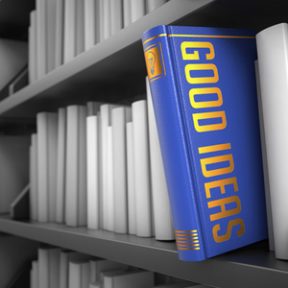

 Today’s post is by Jonathan Williams, an Exercise and Fitness Specialist from San Jose State University with a B.S. in Kinesiology. He is also the co-founder and president of Silicon Valley Applied Biomechanics (SVAB), a non-profit organization.
Today’s post is by Jonathan Williams, an Exercise and Fitness Specialist from San Jose State University with a B.S. in Kinesiology. He is also the co-founder and president of Silicon Valley Applied Biomechanics (SVAB), a non-profit organization.
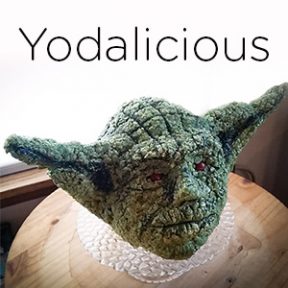
 I’m getting ready to host a Star Wars Marathon, and my new rendition of Yoda is helping to set the mood.
I’m getting ready to host a Star Wars Marathon, and my new rendition of Yoda is helping to set the mood. 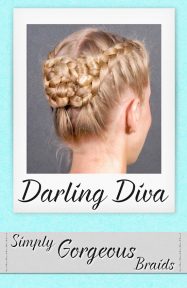





 I remember when I was a kid, my parents would line us up against a blue backdrop and take angelic photos of my brother, sister and me. We would have actual halos over our heads as if we were little angels.
I remember when I was a kid, my parents would line us up against a blue backdrop and take angelic photos of my brother, sister and me. We would have actual halos over our heads as if we were little angels.
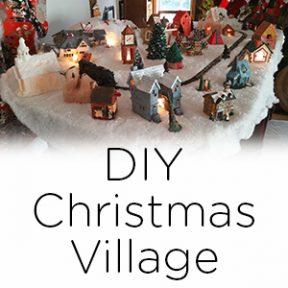
 Creating the spirit of Christmas over the past 20 years, the girls and I have built over 30 ceramic structures for our Christmas Village.
Creating the spirit of Christmas over the past 20 years, the girls and I have built over 30 ceramic structures for our Christmas Village. 
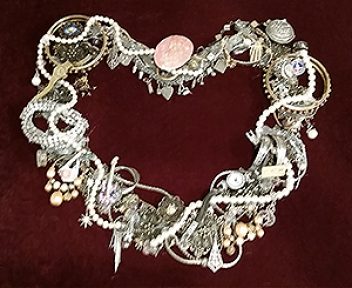
 Here’s another DIY gift idea for the holidays!
Here’s another DIY gift idea for the holidays! 

 As an educator, the SAT looks like it’s going to be a much better test. It will test the student’s ability to read, write and edit essays, and solve math problems.
As an educator, the SAT looks like it’s going to be a much better test. It will test the student’s ability to read, write and edit essays, and solve math problems. 
